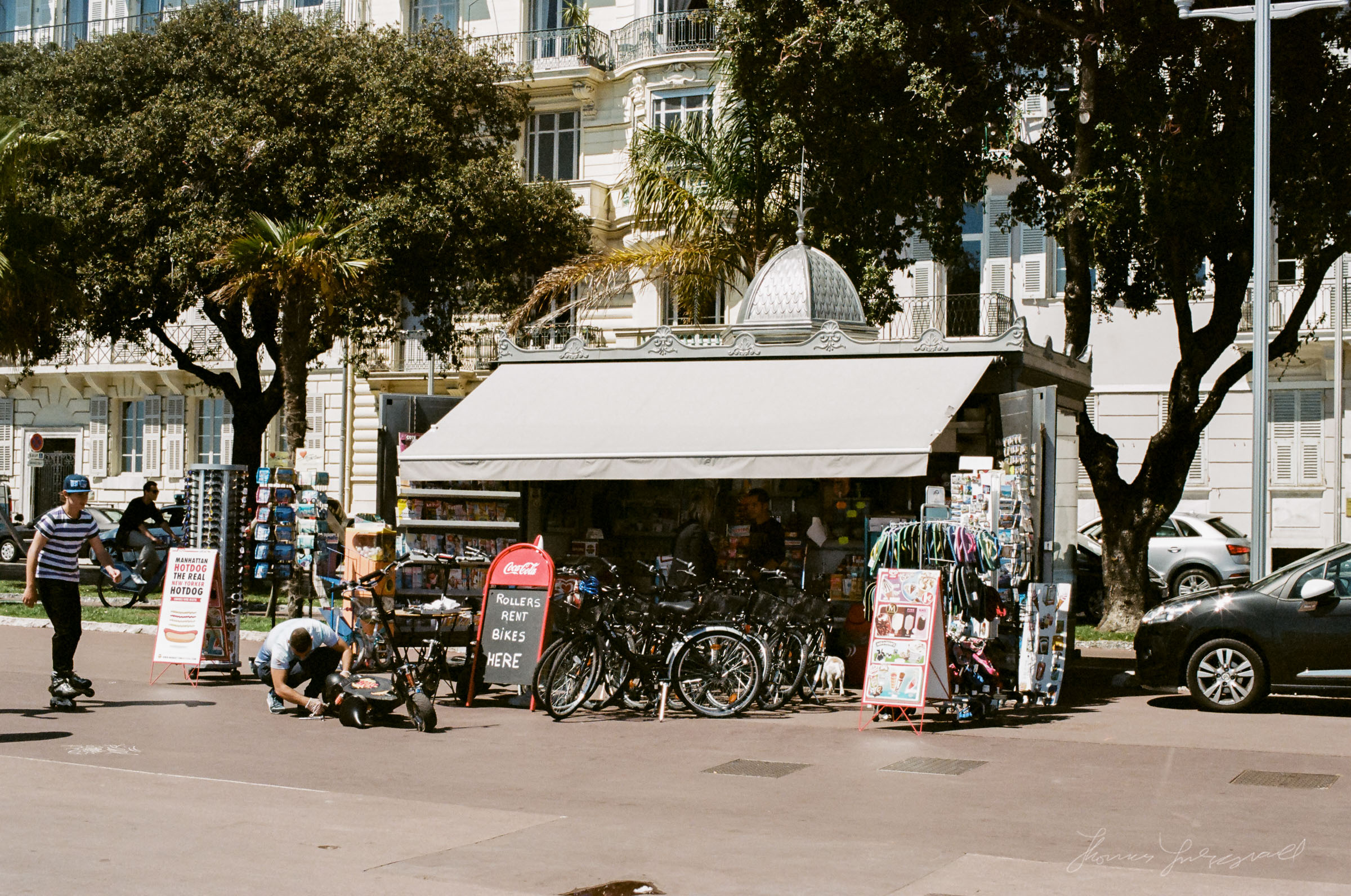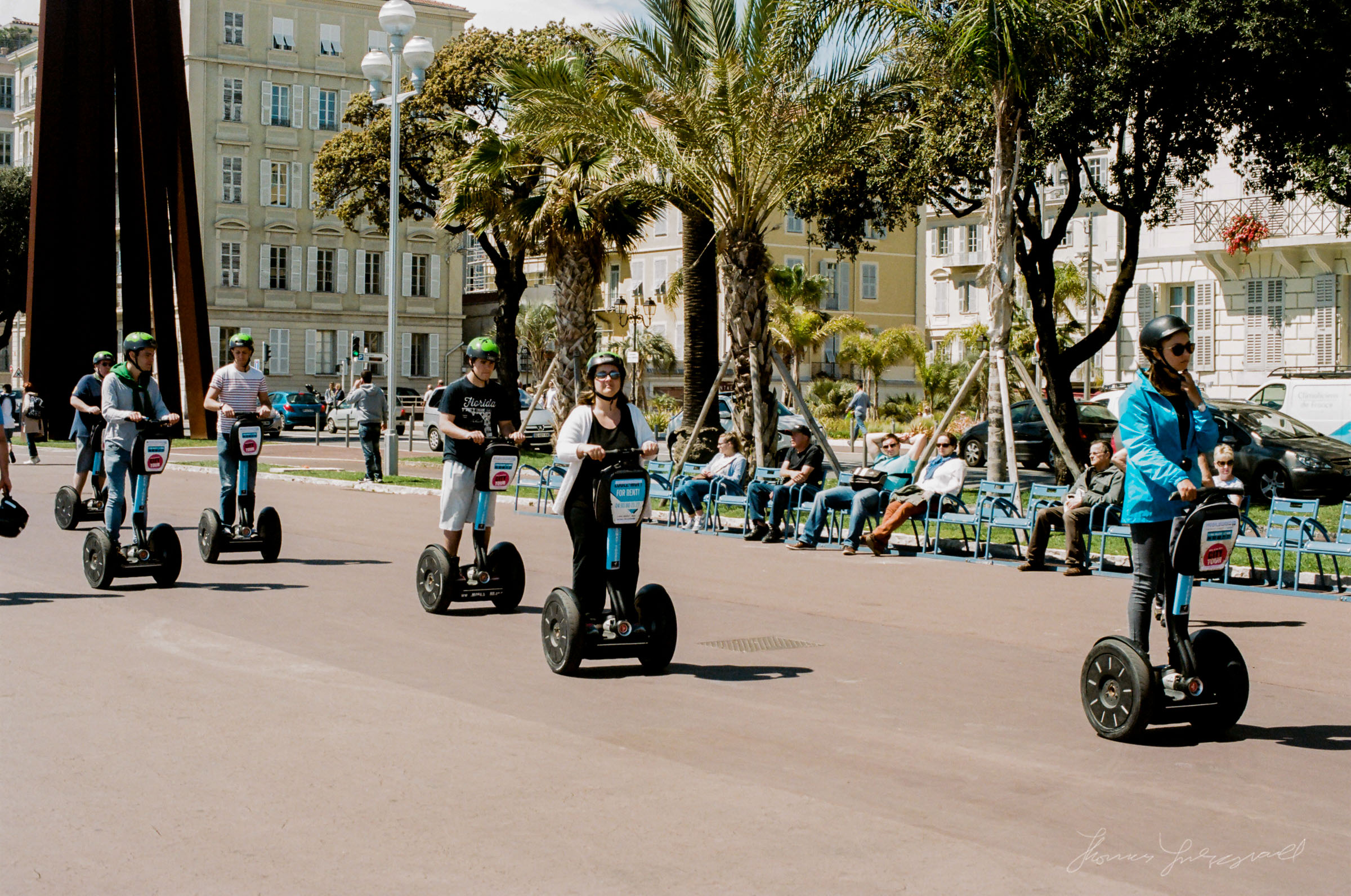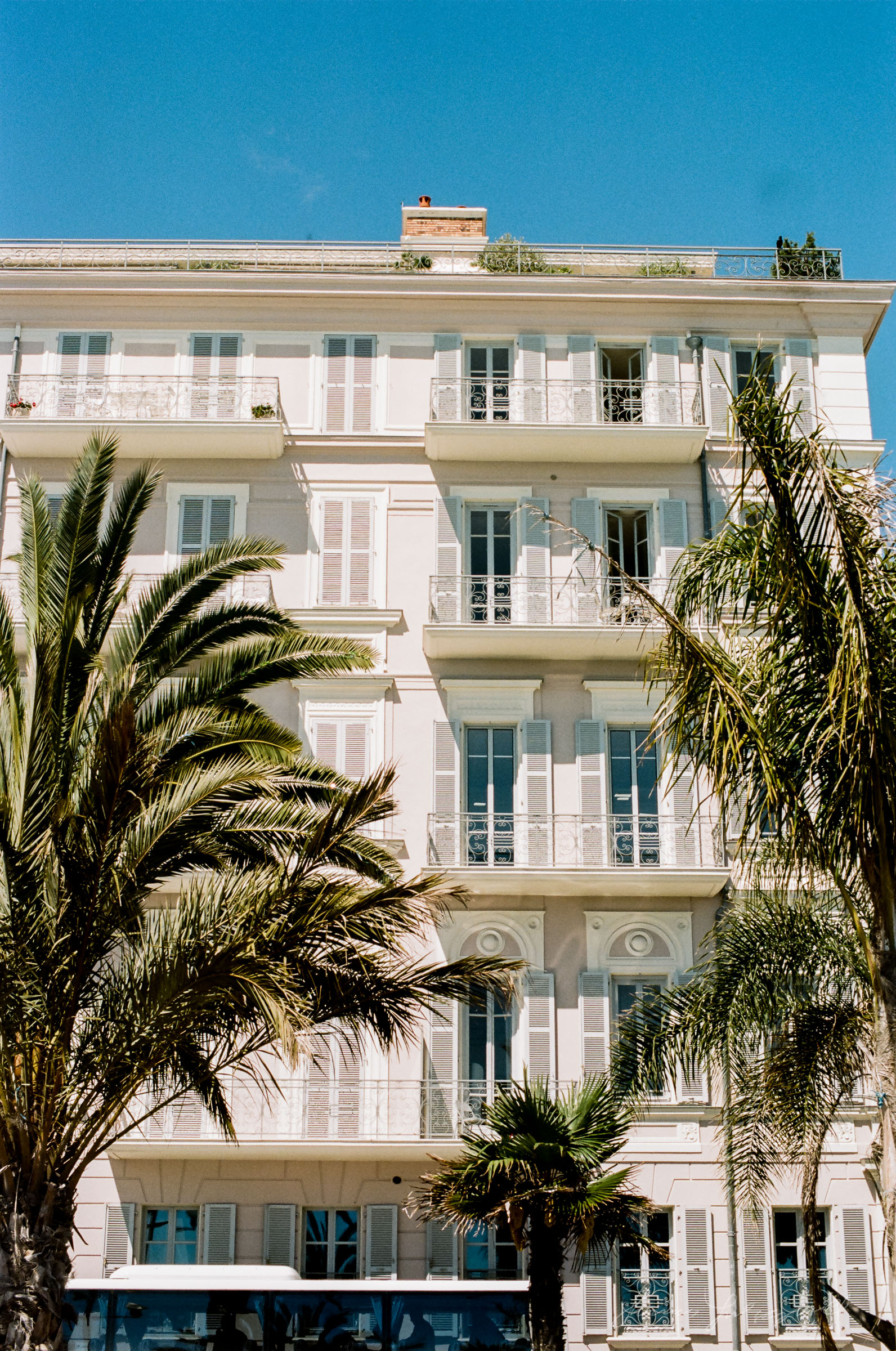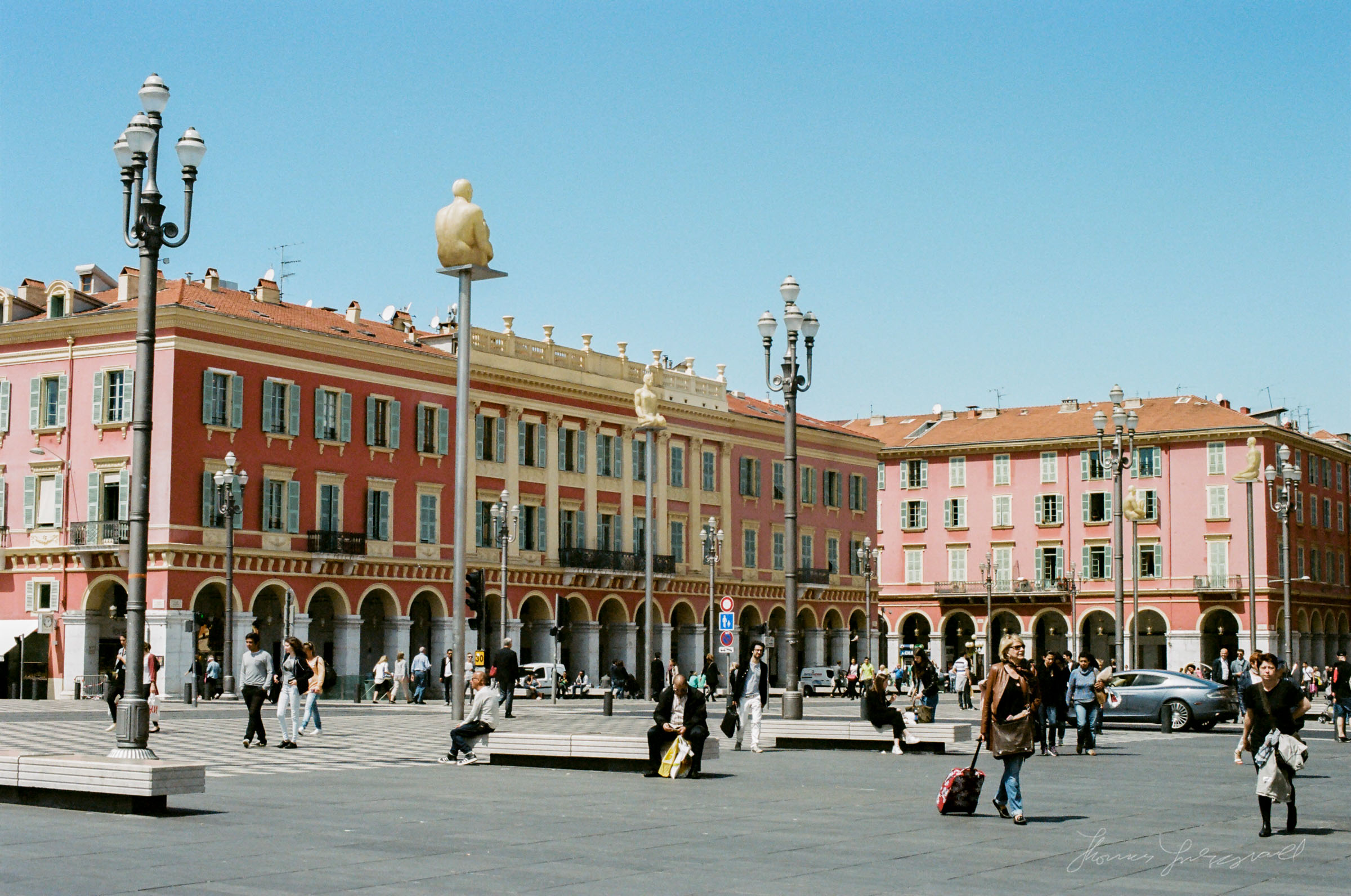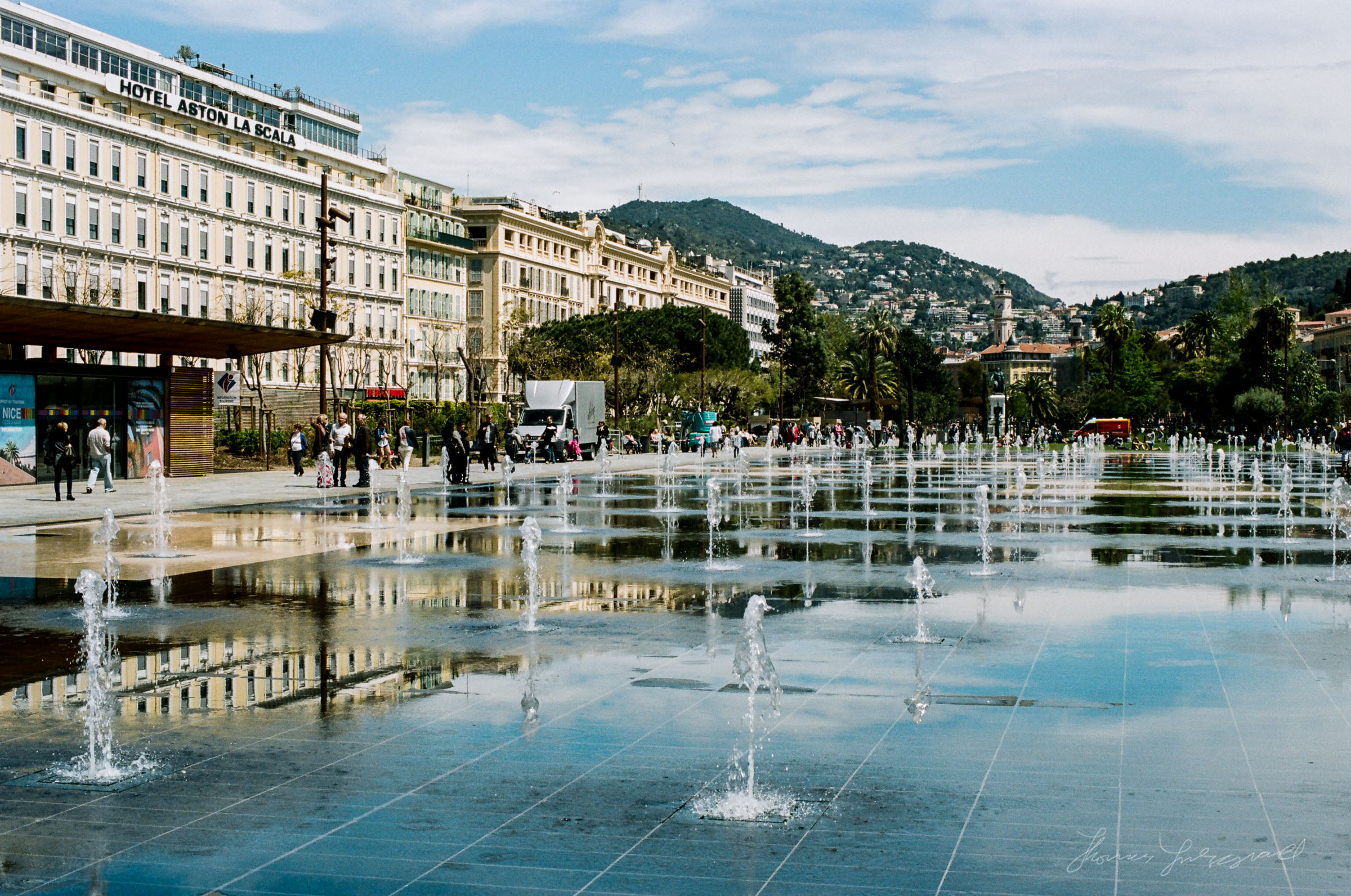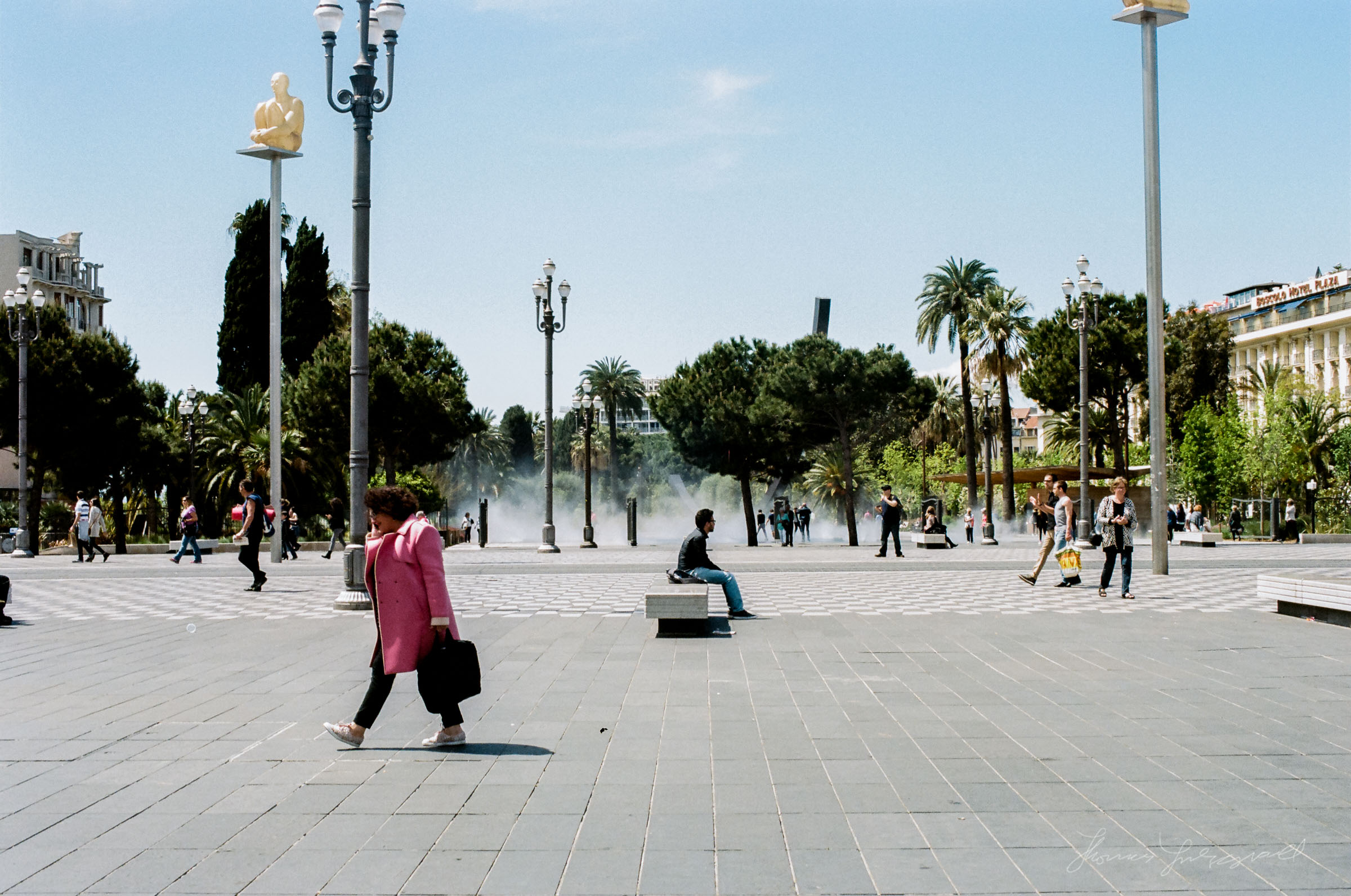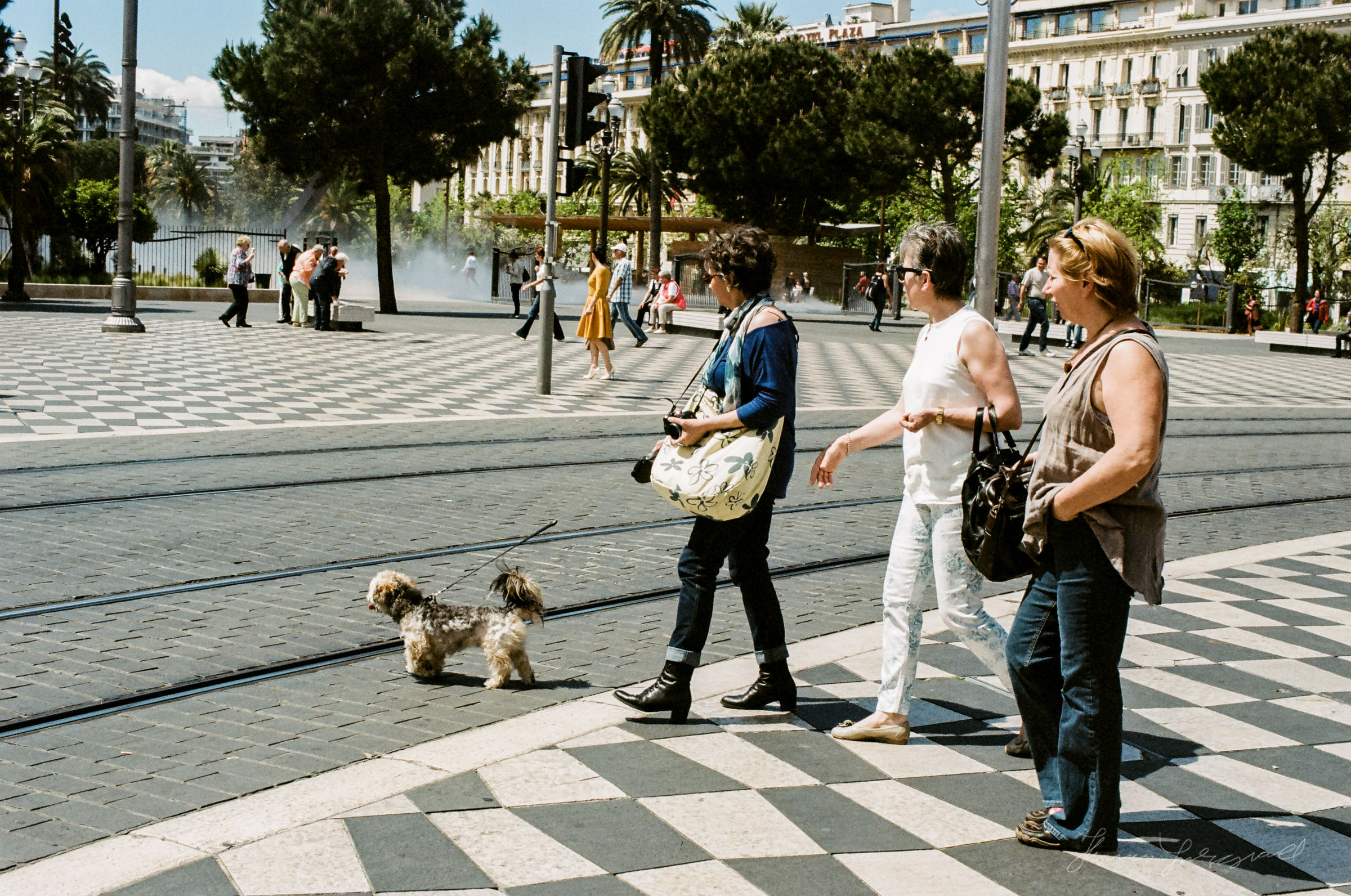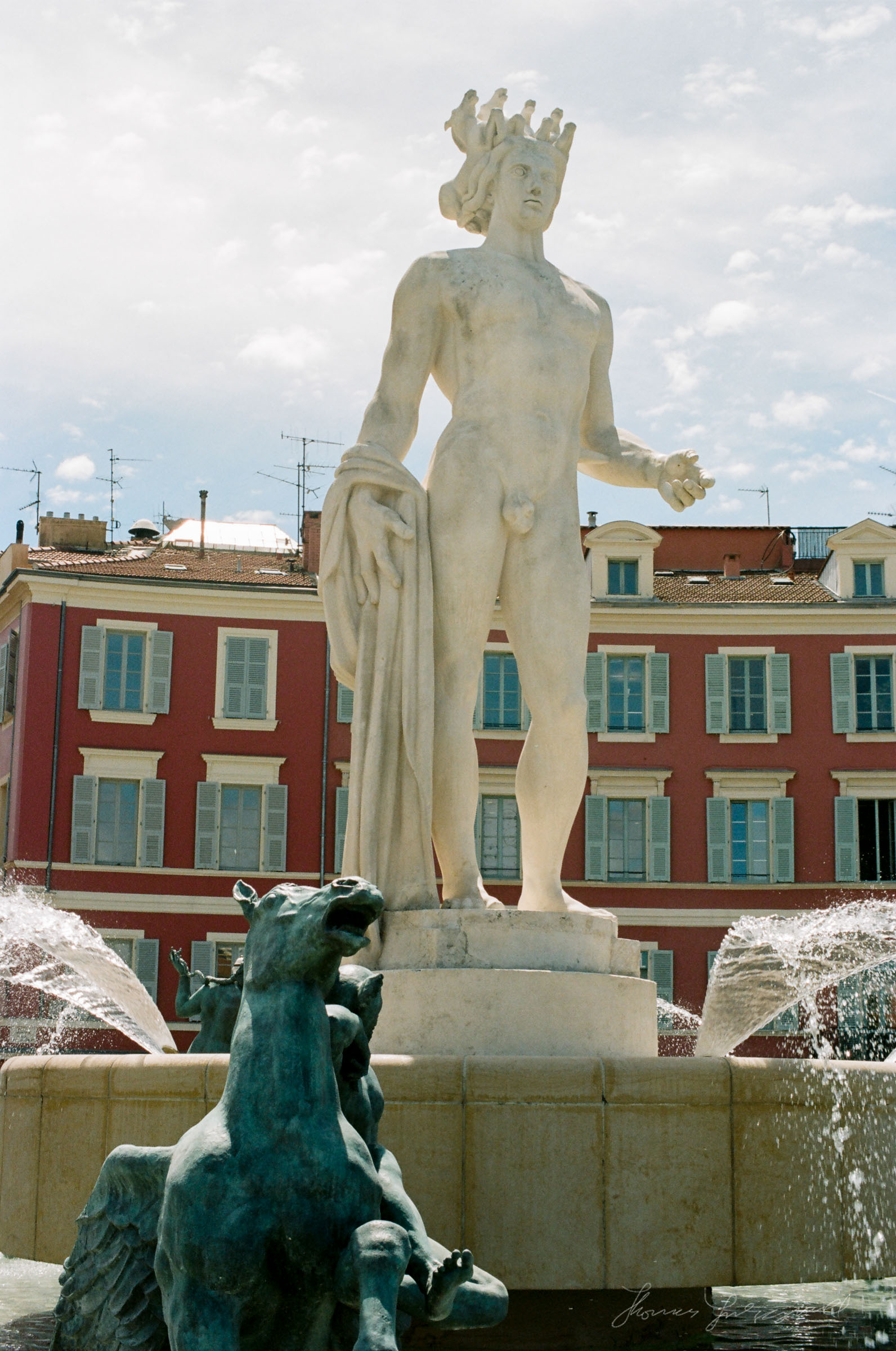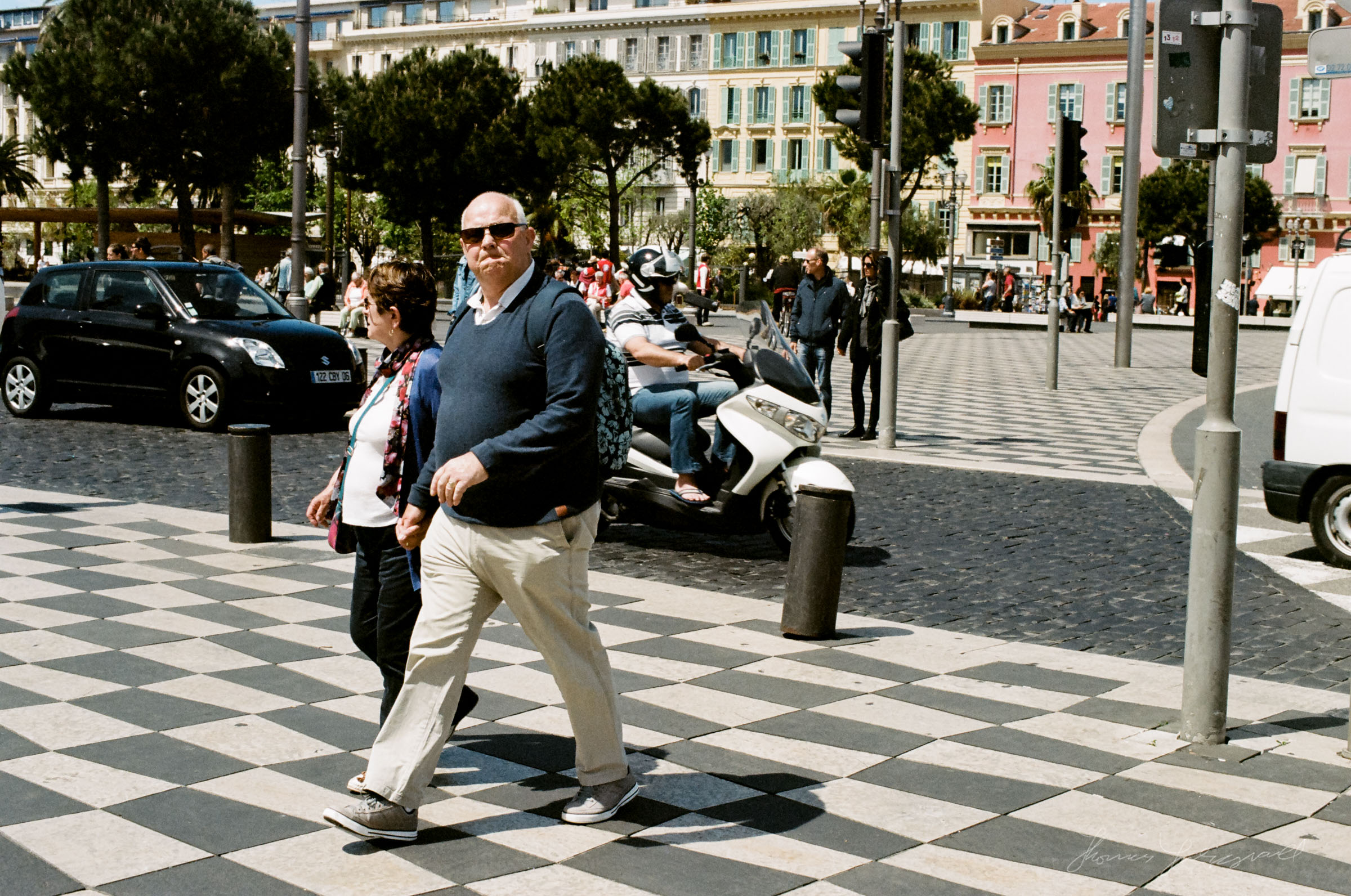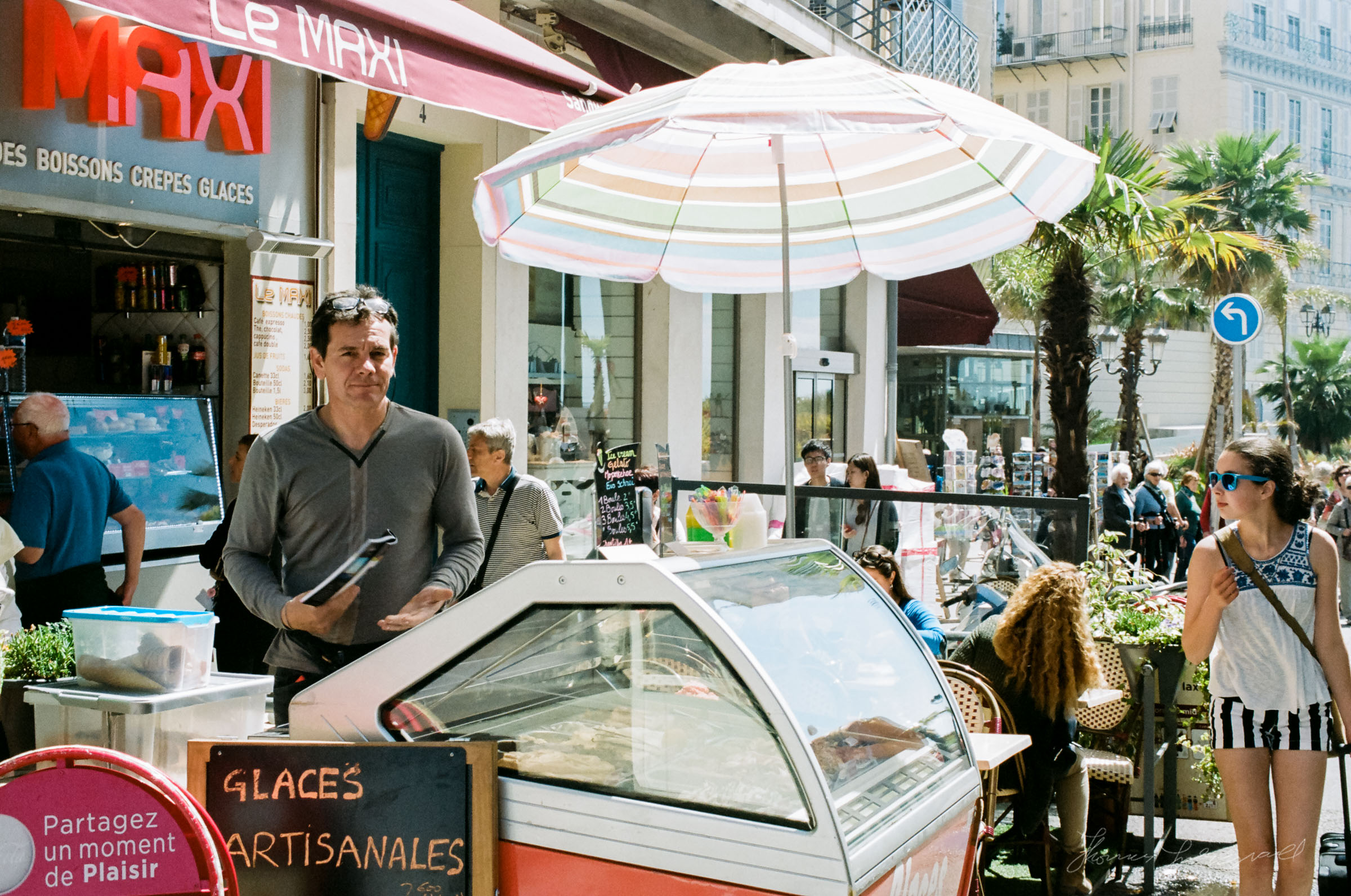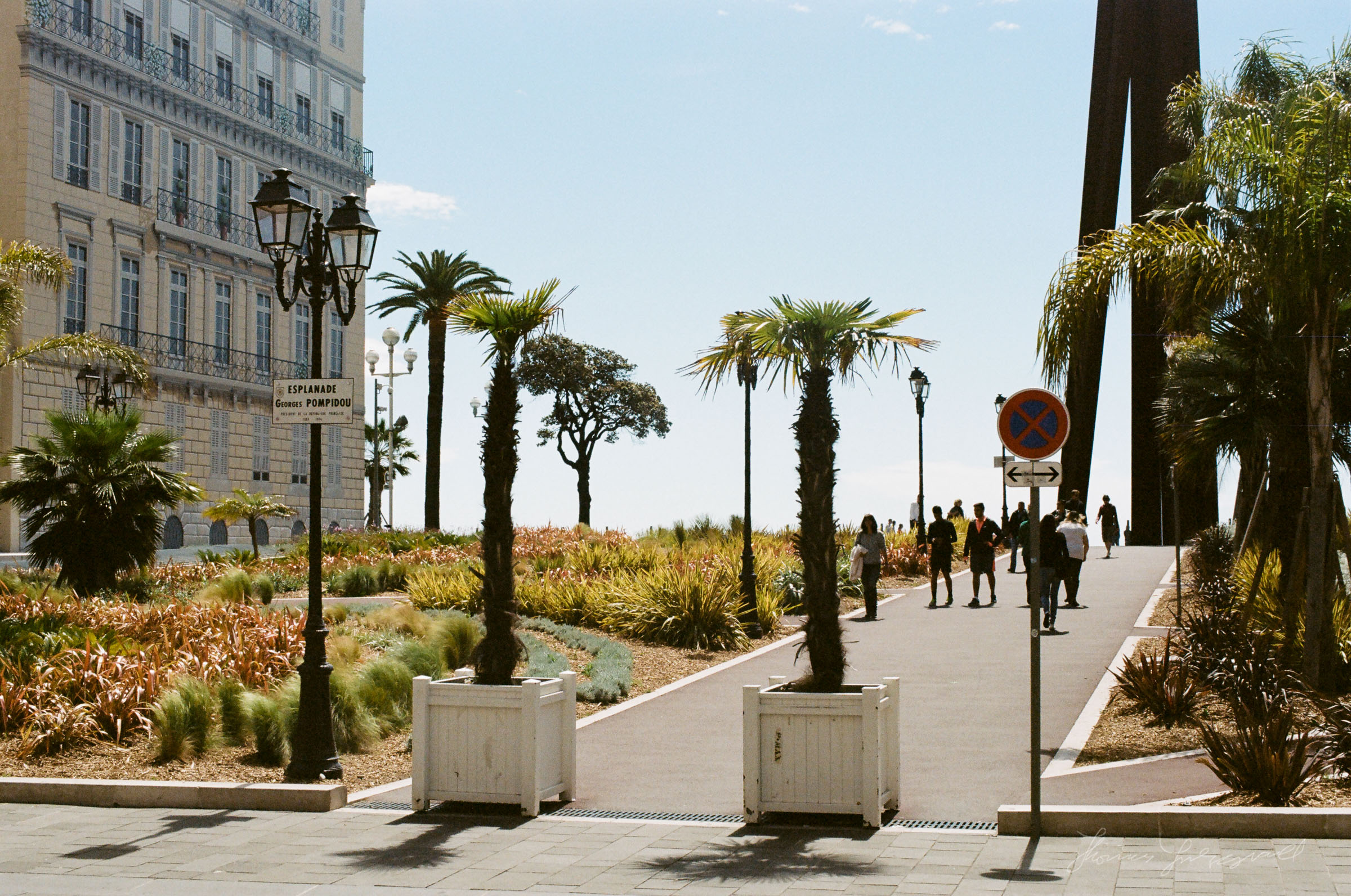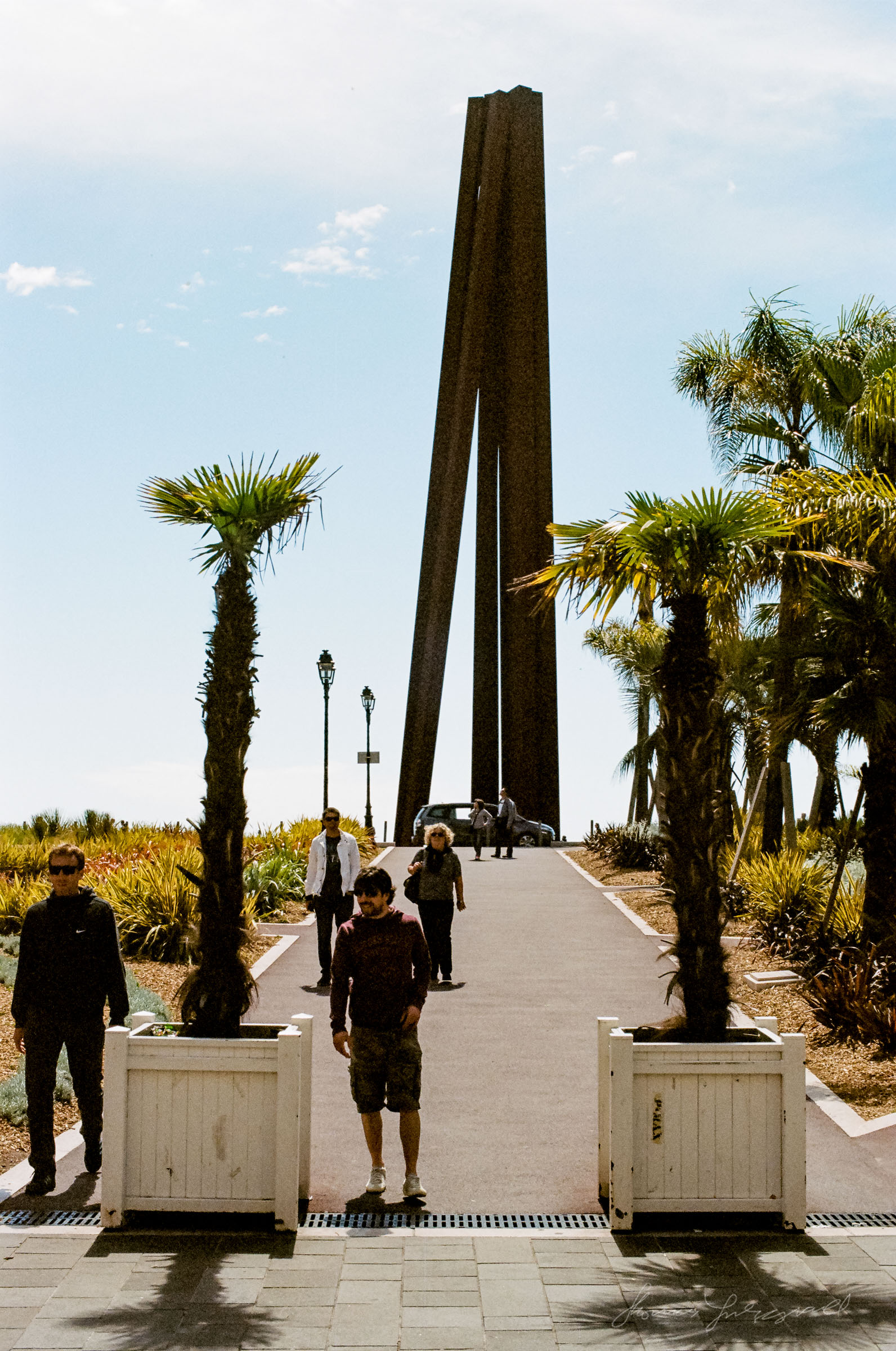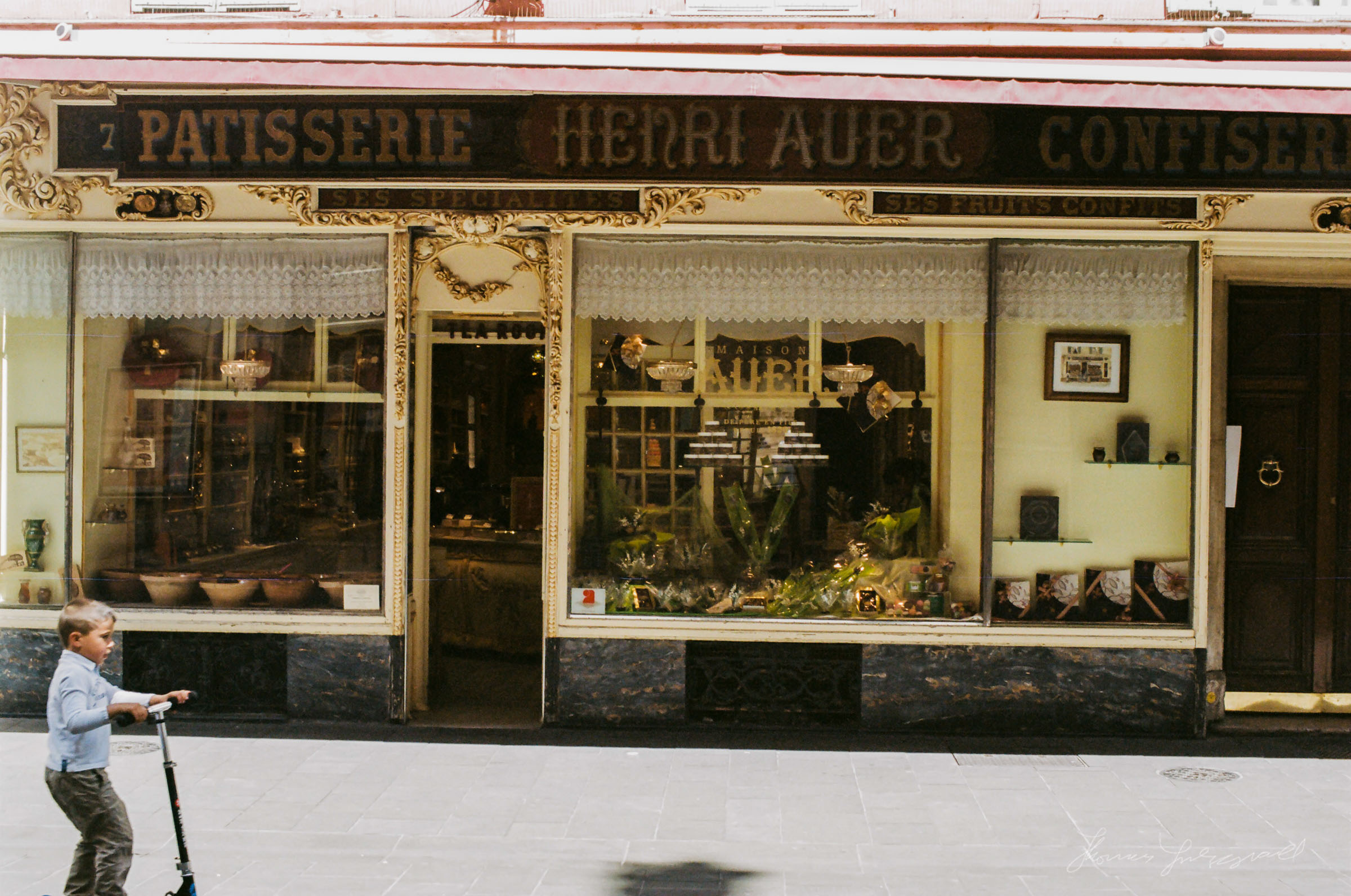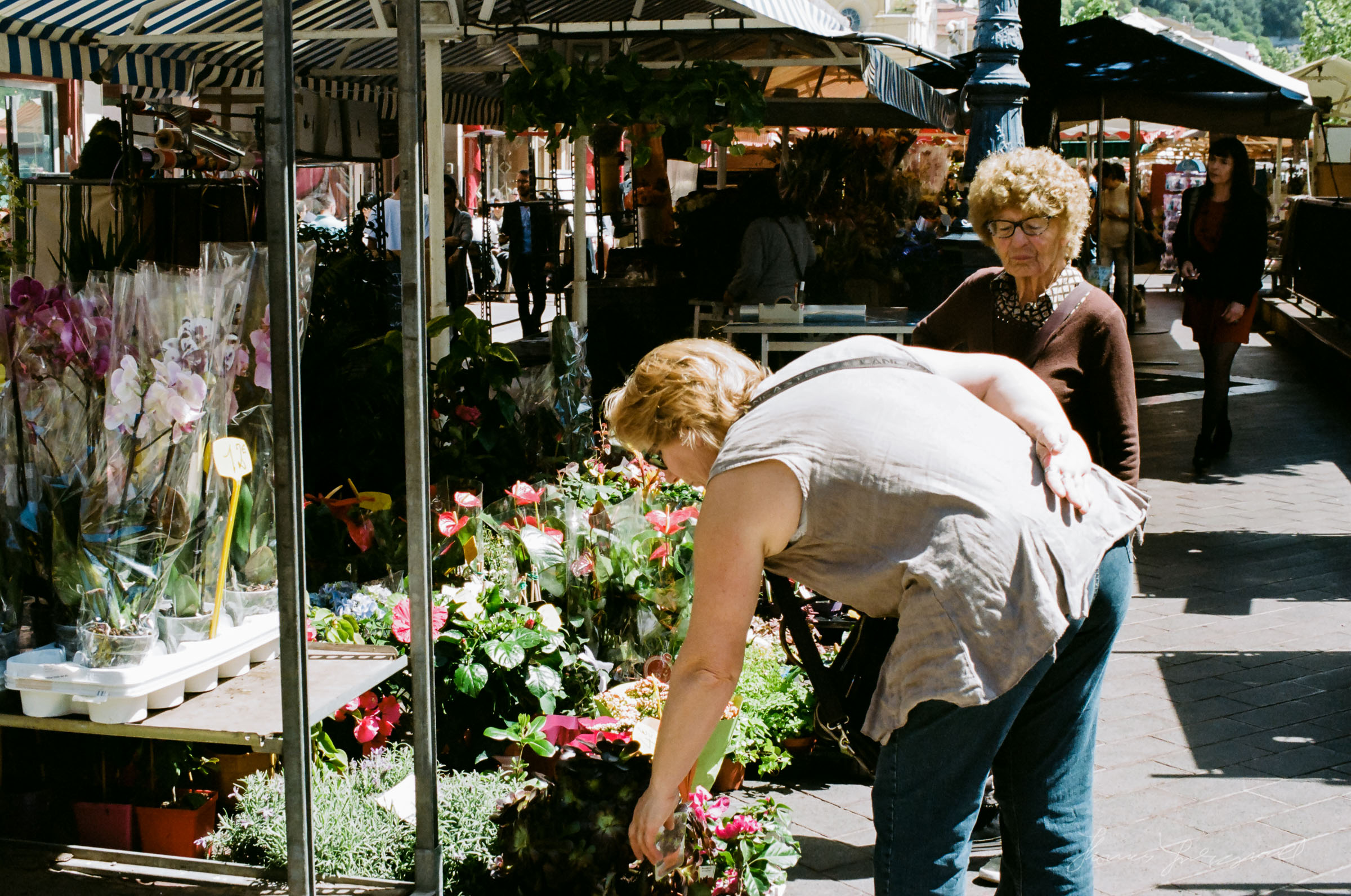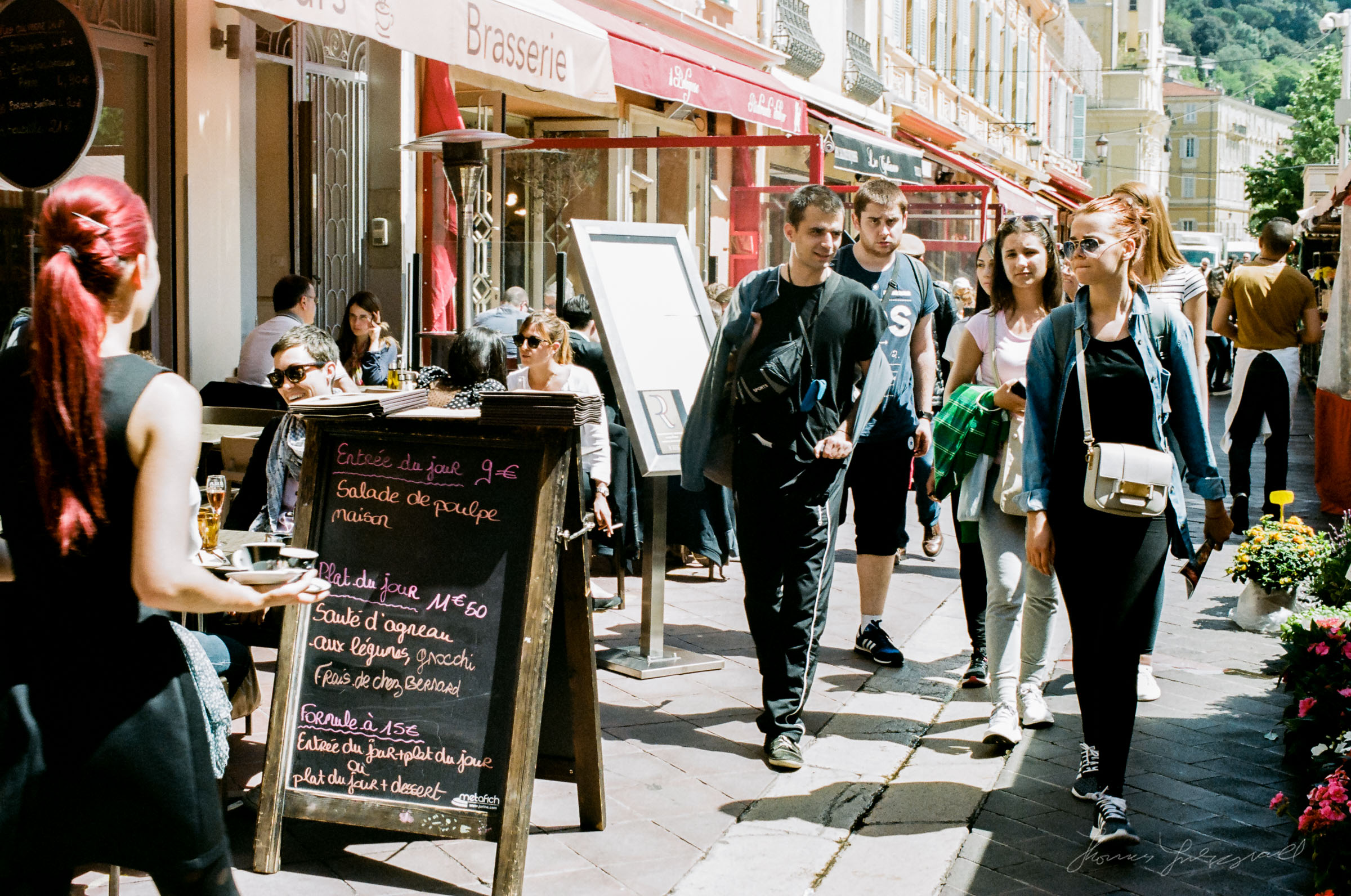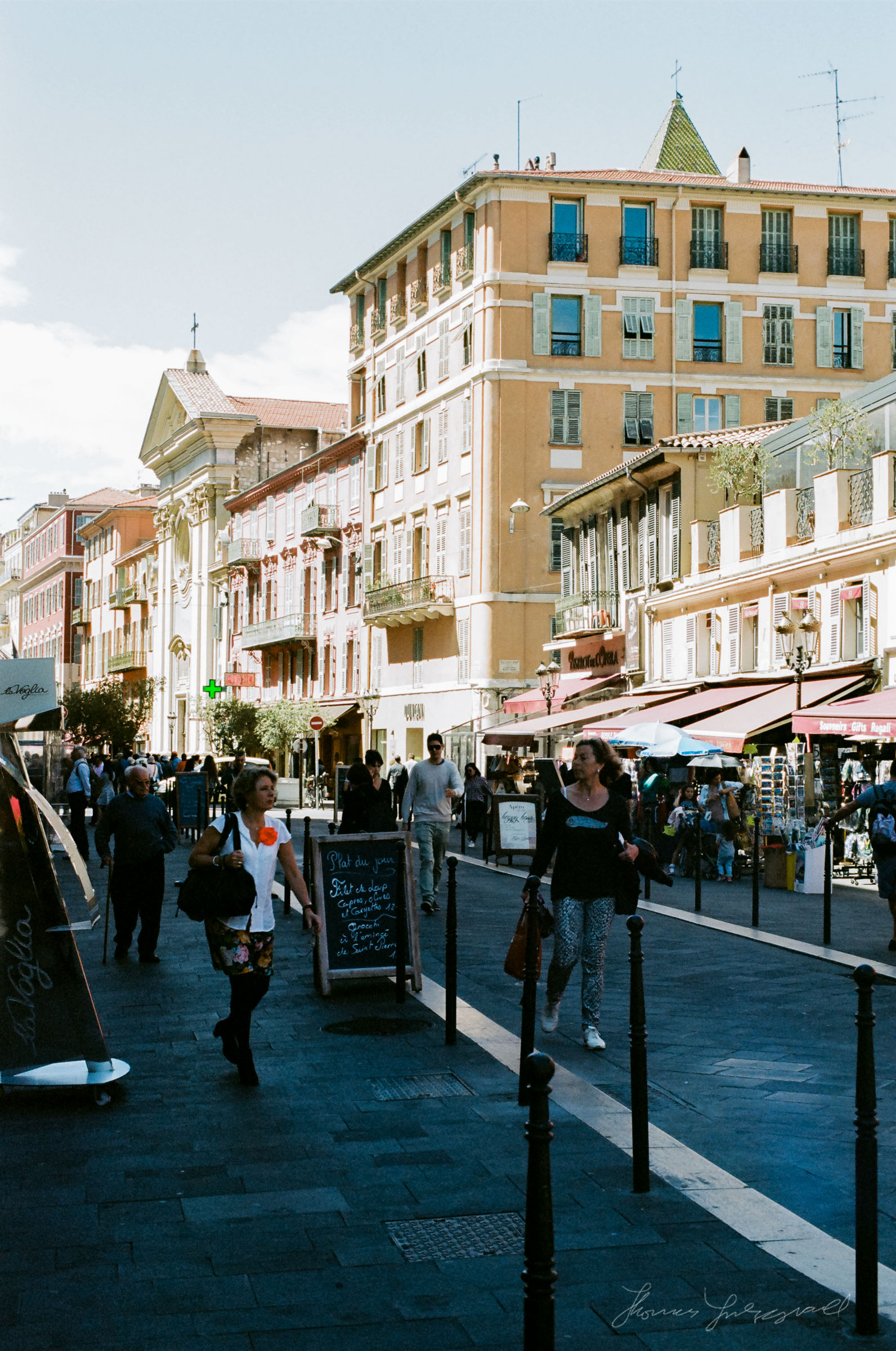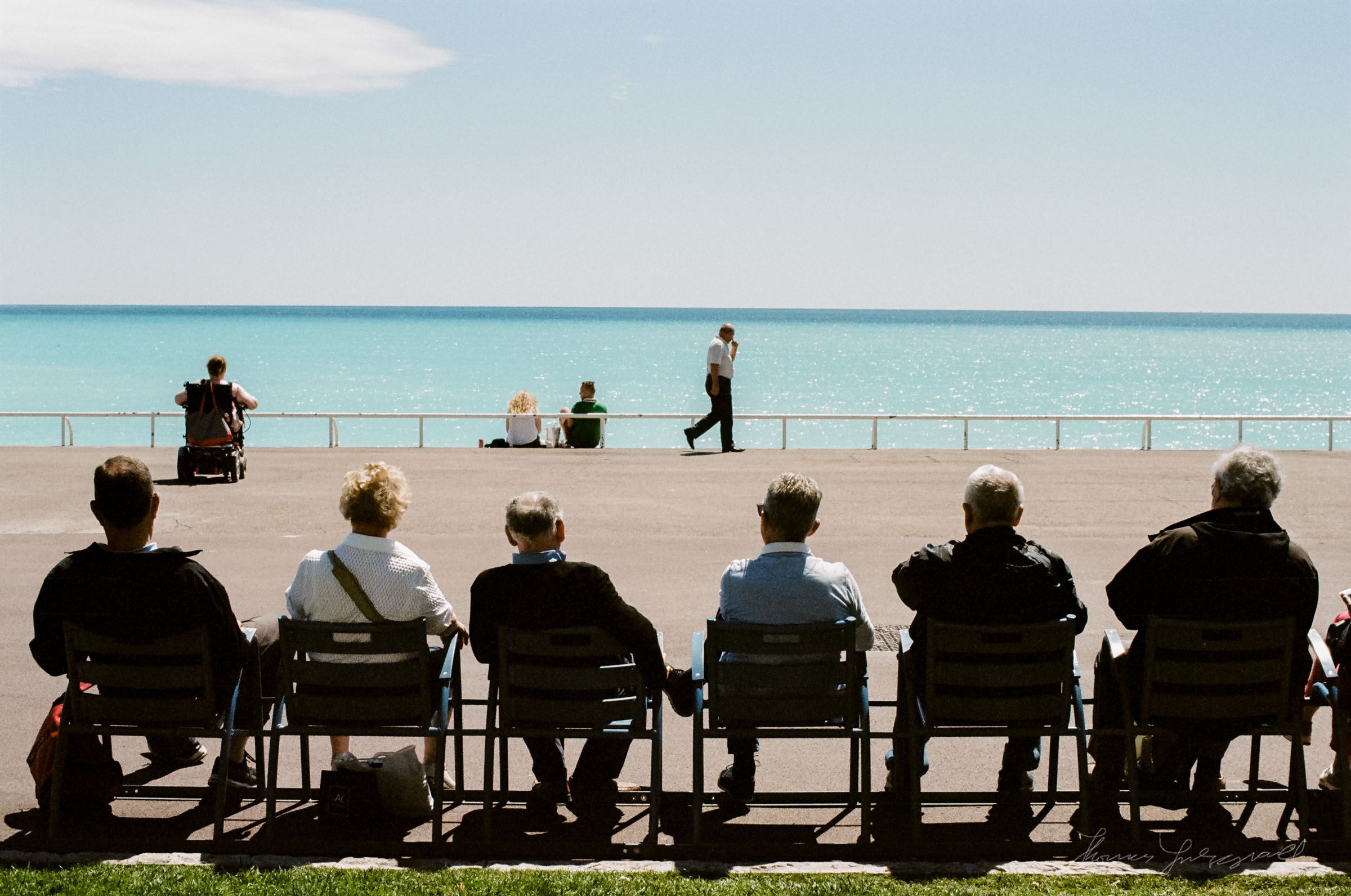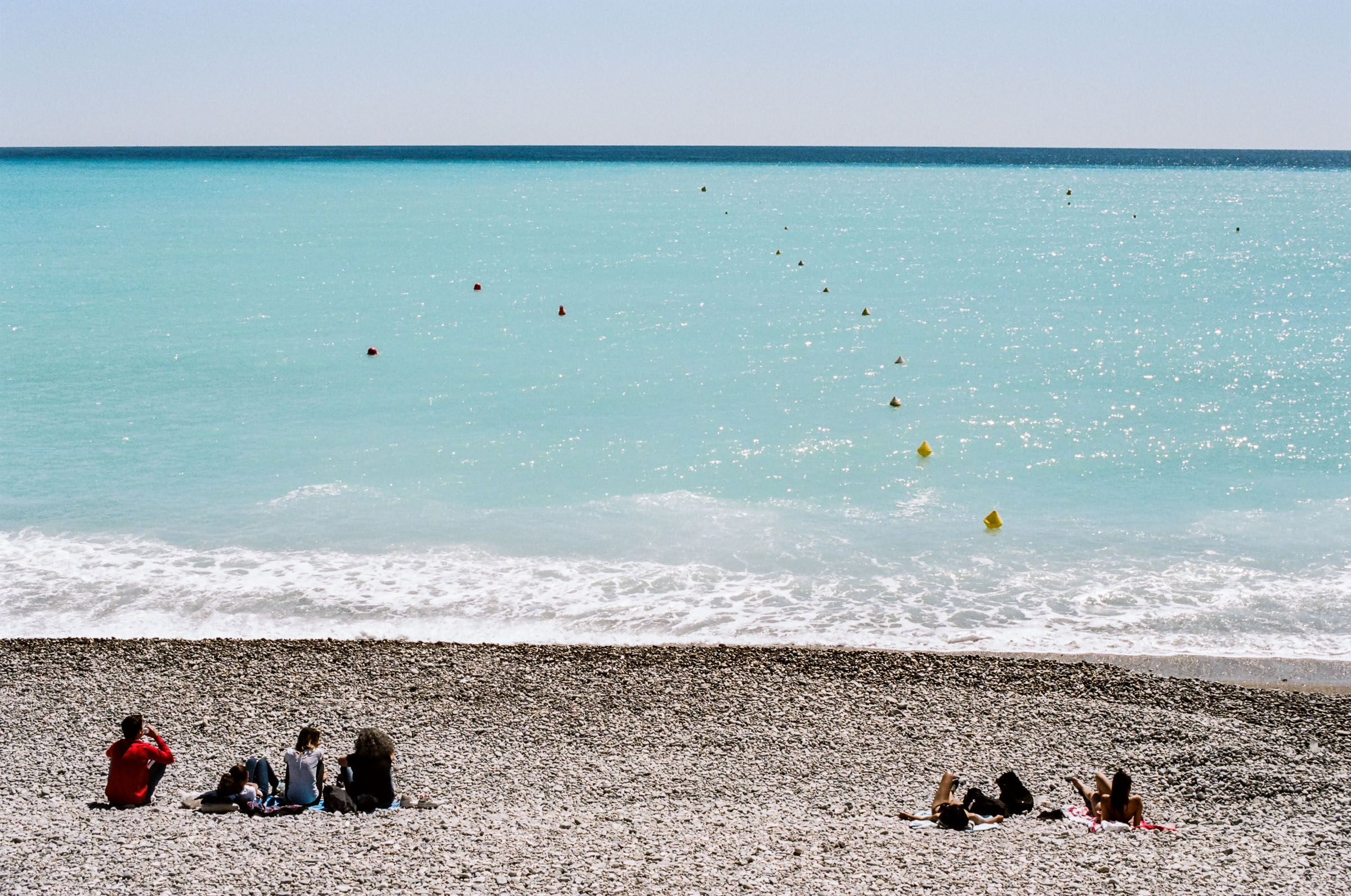My attempt at shooting film
I had brought my film camera with me on my recent holiday to Nice with the intention of shooting some film when there. I'm not a newbie to shooting film, I used to shoot film all the time, but it's been a long time since I've done it and a lot of things have changed since then. I've gotten pretty rusty too. When I used to use film predominantly, I mostly shot Kodak Elite Chrome (transparency film). I would get it developed in a pro lab in Dublin, and I would scan it myself on my Canon film scanner. Elite Chrome is now gone and so is the pro lab I used to use. In fact it's surprisingly difficult, and expensive to get film developed properly in Ireland any more. Several attempts that I've made in recent years have been pretty bad, with the film being severely scratched and damaged by various labs. However, with the resurgence lately I wanted to give it another try, and with a holiday to an exotic location as the ideal excuse, I thought why not give it a go.
I've been reading the blog of fellow Irish photographer Johnny Patience a lot over the last year or two, and I'm a big fan of his work. He regularly shoots film, and he uses a pro lab in the US called Richard Photo Lab. He often raves about their service, and the quality of his results speak for themselves. I figured I'd give them a try, and I'd also try using some Kodak Porta negative film too, as everyone seems to rave about that at the moment.
Things didn't exactly go according to plan.
The first problem occurred when I bought some film. I guess in hindsight it should have been a warning. I bought two rolls of Kodak Porta 160 from a local camera store. This is a fairly reputable store that I've used for years. However, the night before we were due to leave, and I was packing, I went to load the film and realised that they had sold me expired film. It was only expired by a couple of months, but as you'll see from the results, that looks like it was enough, but more on that in a moment.
The bigger problem I had was that the meter in my camera died after I'd taken about three shots. That was annoying to say the least. At first I thought the whole camera had died, but I came to the conclusion that it was just the battery for the meter. Luckily, because I was using a pretty old mechanical camera, I presumed that the issue would only affect the meter and I could still use the camera manually. I didn't try to find a battery for it because and were in a foreign city, the battery is a pretty obscure type, and I didn't speak much French. This would mean that I would have to guess the exposure or find another way to meter. Luckily, my iPhone and the app store came to the rescue. I downloaded one of the many light meter apps and gave it a go. It seemed to work. The meter on my camera came back for a few minutes, but it was long enough to determine that the meter app was giving me similar results.
Anyway, I shot away with the wounded camera and my iPhone and despite the problems it was a very enjoyable experience. My camera is a 30+ year old Yashica, and it was my first ever camera. Well, not exactly. My original one fell apart years ago, but I found the same model on ebay and bought it. It's a great little camera, and a joy to use. It has a really nice big bright viewfinder (bigger than the viewfinder in either my Nikon or Canon full frame cameras), and everything is mechanical on it. The shutter has a nice reassuring clunk and it's a nice chunk of well made Japanese crafted solid metal. I love this camera, and I love shooting with it. I don't use it much any more though for the reasons mentioned in the first paragraph, and the fact that film is so expensive here.
In fact the expense is kind of ridiculous, and unless you're doing it for a professional shoot or using film a lot, you really need to want to shoot film badly to justify the cost. I'm not sure it's something I can personally do on an ongoing basis. All in, a roll of 36 exposure probably cost about €40, from buying the film, to the cost of posting it to California to the cost of processing. If you were sending multiple rolls the cost of shipping per roll would come down but it's still a lot.
As for the results, I was impressed that anything came out at all. Between the non functioning meter and the expired film, the results aren't half bad. They're not great, but considering the problems I had, and the fact that I haven't shot film in about 5 years, I'm really surprised that they came out remotely right. The quality isn't great though. The images are very grainy. I know film is grainy, but compared to older film scans that I have this is off the charts. And it's a horrible structure to it too. It's almost like the image has diffused into the grain structure in places. It's almost as if someone ran a Photoshop diffuse filter over a good image. I'm not sure if this is an issue with the scanning or not, but I don't think so. The lab is reputable, and to be fair, the horrible grain is perfectly scanned! The service at Richard Photo Lab is pretty great, actually. Its more likely that the problem is that the film had expired, and probably wasn't stored properly in the shop either. I probably shouldn't have had them scanned at the highest resolution either, but again, all things considered, I'm glad something came out.
Would I shoot film again? I would like to give the process another go with some non expired film and see how the results compare, but it's an expensive experiment. I know lots of people still shoot film and there's definitely a resurgence in it right now, but in my opinion, unless you're shooting medium format, I'm not sure it's worth it. Maybe it would be more worth while for black and white, and a bit more economical if I could find a lab locally that offered a reasonable quality service. Then it would be worth shooting more.
I think that If I was living in a country where film is cheaper and processing is cheaper, shooting more film would be an interesting project, but it's just a bit too expensive to do properly here. Now, you can do it badly, and embrace the poor quality as art, but that's a whole other genre, and anyway, that's what Instagram is for. Anyway, as I said, for now I'm just happy that it came out at all, and they're not bad images. For my next experiment, I'm going to try and get some rolls of Neopan or Illford Black and White and try that. Also, when my negatives get back I'm going to try and see if my ancient film scanner will still work long enough for me to scan the negs myself and see if it makes a difference. There's a lot to be said for having control over the process. In the mean time, enjoy the rest of the images.
If there's anyone reading this from Ireland and you know a good lab that won't destroy your film, or alternatively an inexpensive and reliable source of film, please let me know in the comments.
Incidentally, just as a pointless comparison, and for a bit of fun (not to be taken too seriously) here's the same subject, taken with Film, iPhone and Fuji X-E1 (taken on different day). Can you guess which is which without looking at the exif? (It's really not hard!) And yes, I know it's not a proper comparison, as it's not taken at the same time, and so on - like I said, just a bit of fun.


